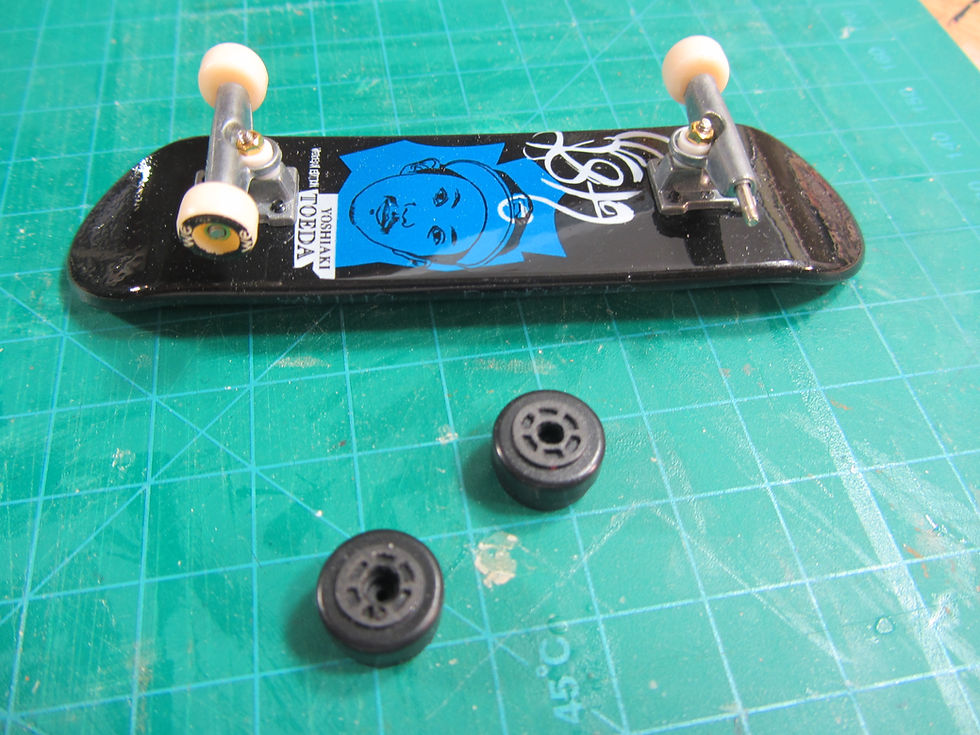
Burnaby Association of Marine Modellers
A build by Kobus de V. in five sections.
This is the build history of a 1/10 scale Rigid Inflatable Inshore Lifeboat. The RNLI Atlantic 21 Lifeboat as operated by the Royal National Lifeboat Institution in the United Kingdom.

Section 1. Research
When starting a new model all data and information is collected. As this was to be a scratch built scale boat I needed as much information as possible as well as plans. I contacted the RNLI headquarters in Dorset and after quite a bit of work I was informed that if I make a donation of $30 to the foundation I could have a copy of the actual plans of such a boat.
I was fortunate enough to also obtain many photographs including structural details and crew equipment and survival gear.




















Section 2. Motor conversion and hull build
Finding a suitable scale outboard motor or motors was the first task. I found two used ones on e-bay and built one good unit from the parts. Usually the RNLI use 2 outboards, but there were some experiments with rather big single engined units and I opted to copy so called X-28 type boat.
Photos 28, 29 & 30 shows the logo etc. on a full scale Evinrude motor and the conversion of my e-bay motor to look like a scale version of the original.
The rest of the photos in this section show the build sequence where the rigid bit was made from 3 mm ply frames and 0.8mm ply skins. The 'inflatable' section is made from thin wall PVC tubing as used in the building industry, covered with a parts of an old pillowcase to simulate the impregnated canvas.
The handles were made from Evergreen tubing and sheeting, inflation valves are converted plastic washers and the attachments for the ropes are made from baseball 'pins' found in a craft shop.
The console was made from Evergreen sheeting and brass tubing. The instruments are photos reduced on a printer and the compass cover is the end of a pen found in a dollar store.




















Section 3. Crew research and build
The crew had to be around 180mm tall to be to scale and I found some 'superheroes' at the Thrift store. Their uniforms were colour dyed and boots modified etc. to simulate the real thing. The helmets were made from little containers that you get from a candy vending machine. The lifejackets were made from a felt lining and covered with a piece of toy parachute cloth. Headsets were made from a nail, wire, bead and thick washer.











Section 4. Trailer
A trailer was designed from photos and internet data and made mostly from rectangular brass extrusion. The rollers were made from Thrift store toy skateboards. Working suspension is made from feeler gauge stock strips. The mudguards are made by cutting a plastic lunchbox. The Jockey wheel and winch work and are made of parts from a broken toy motorbike.




















Section 5. Sea trails
Sea trails revealed some small issues and ballast needed in the rope stowage bucket in the bow of the boat. A fan had to be added to cool the speedcontroller.
A very responsive and realistic model as a reward for some 7 months worth of work.








